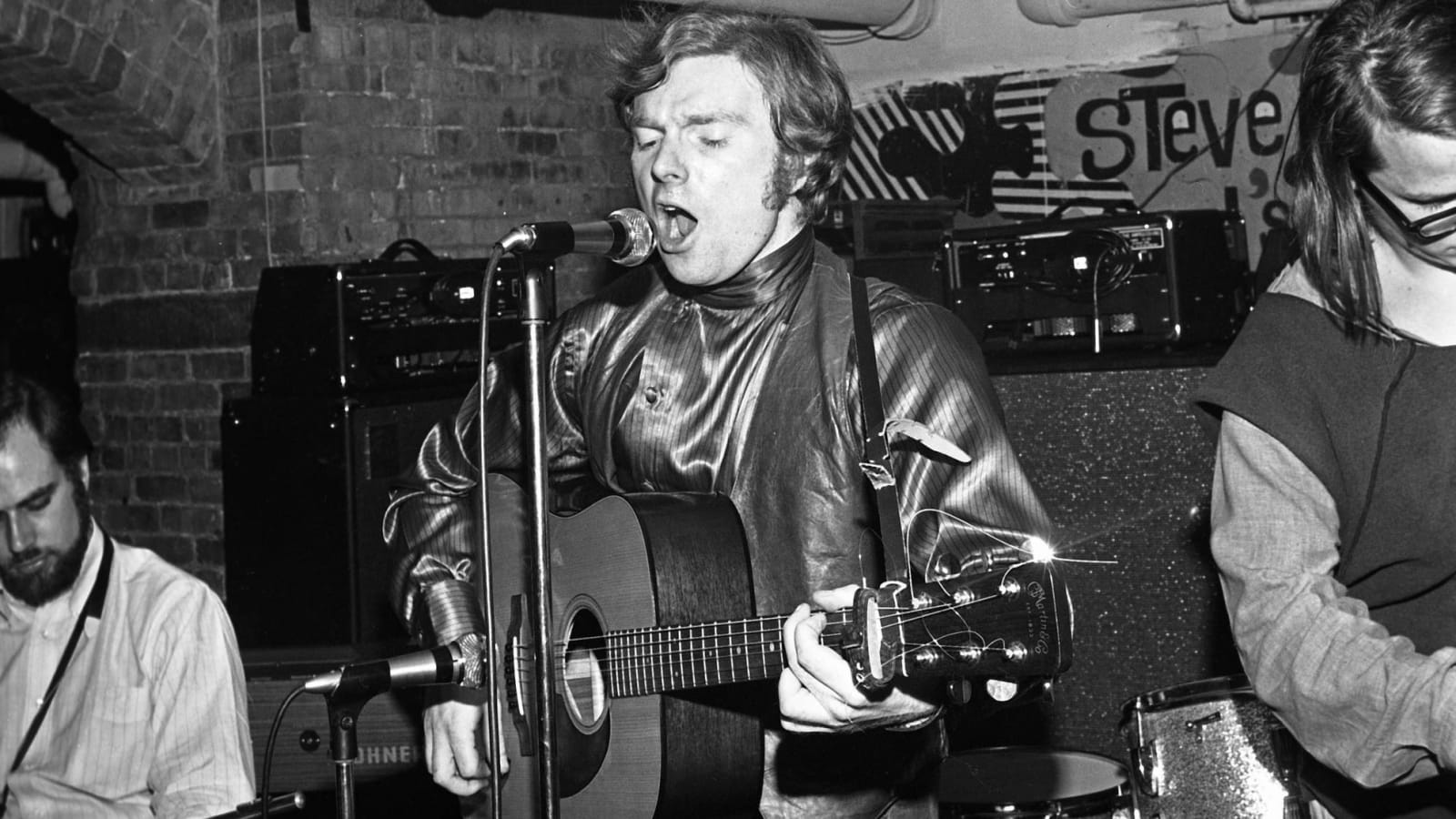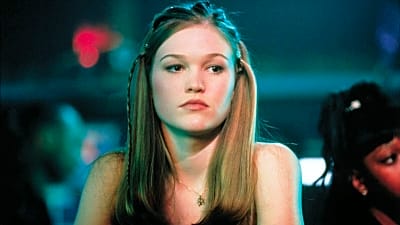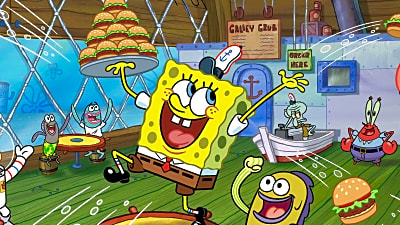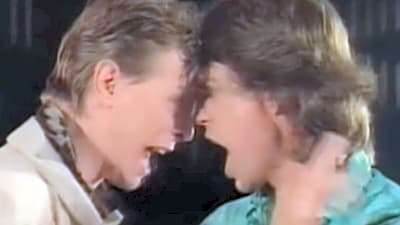
And all the night's magic: Breaking down 'Moondance' 50 years later
An old cliche states that “the darkest hour is just before the dawn,” an adage that might explain the mood Irish singer-songwriter Van Morrison was in coming off the disappointing release of his second album, “Astral Weeks” in 1968. One year later, Morrison would find himself in a New York City studio recording what would become his magnum opus, “Moondance.”
To say that the album is a definitive moment in Morrison’s career is certainly an understatement, because even as “Moondance” exists as a turning point for him as an artist and performer, redeeming him from his previous failure, the album also serves as a flash-point for an entirely new format: Adult Contemporary, and its kissing cousin, “Soft Rock.”
In the 50 years since the January 27, 1970 release of “Moondance” and its initial acclaim and success, the album found itself listed on a number of “greatest albums” lists, and deservedly so. The eclectic mix of Irish folk, jazz and blue-eyed soul creates a seductive tapestry of sound that honestly has few equals, even among Morrison’s own discography, which never equaled “Moondance,” despite some worthy entries such as 1971’s “Tupelo Honey” (an album that Morrison, admittedly, didn’t care much for himself).
To mark the 50th anniversary of one of the more seminal albums in music history, we’re going to break down each of the 10 tracks. Some of the songs are certified classics and others slightly more on the filler side, but each serve as part of a greater whole of why “Moondance” is such a powerful experience, even half a century later.
“And It Stoned Me”
This opening track comes in easy, driven by a pair of saxophones painting a simple picture of life out on the river. The lyric “…Stoned me just like Jelly Roll,” references the great jazz artist Jelly Roll Morton, serving, in a way, as a precursor to some of the jazz influences that will reveal themselves throughout the album. According to Morrison, the song reflects an image of himself as a child, fishing near a village in Ireland, where, as he put it, “Time stood still.” Neither remarkable nor distracting, “And It Stoned Me” is a fair way to draw the listener in for another 32 minutes.
“Moondance”
The album’s title track shines brightly as it trips the light fantastic with a walking bass line and jazzy piano. Morrison delivers his vocals without his trademark high-pitched growl, and this song about autumn feels uniquely at home within its jazz-laden confines. Highlighted by a saxophone solo by Jack Schroer, and buttressed by a whimsical flute, the song is by far the best on the album, and almost gives the feel of a Broadway production, with a uniquely New York feel that takes Morrison far, far away from his Irish folk roots.
“Crazy Love”
The first of two ballads to appear on “Moondance,” “Crazy Love” is a classic in its own right. Covered by a number of equally influential artists like Aaron Neville, Rita Coolidge, Rod Stewart and Michael Bublé, Morrison’s original is a slickly sweet piece of blue-eyed soul stripped down and driven by solid background vocal support from gospel mainstays Cissy Houston (Whitney’s mom) and Jackie Verdell and light guitars and piano. The track is smokey and seductive, but also earnest. Perfect for a slow dance with a long-lost sweetheart, “Crazy Love” is crazy good in its sentimentality.
“Caravan”
A song about the parallels between radio and gypsy-like freedom that translate into a shared harmony, “Caravan” feels steeped in Morrison’s folk music past with a wistful and earthy groove. Compared to the three previous tracks, Morrison returns to his signature back-of-the-throat growl, and within the jam band feel of the track fits perfectly. In fact, the song sounds like its genesis is nestled within a jam band aesthetic, more like a product from a group like The Band, which is apt, as the best version of “Caravan” was recorded in 1976 as part of “The Last Waltz,” documenting The Band’s final concert.
“Into the Mystic”
Channeling previous hits like “Brown-Eyed Girl,” albeit with a slower tempo, “Into the Mystic” feels like a throwback to the 60’s with its breezy vibe and a sense of magic as words and sound are perfectly married in this song of wistful wonder with lyrics like “I want to rock your gypsy soul/Just like in the days of old/And magnificently we will fold/Into the mystic.” The track features the same strong bass line that successfully cradles most of the songs on the album, delivering a proto-funk feel that keeps “Into the Mystic” infectious with each listen.
“Come Running”
Described by Morrison as a ‘happy-go-lucky” song, “Come Running” is also the album’s first piece of filler. Serving as the b-side to the superior “Crazy Love,” most of the annoyance of “Come Running” is that it sounds like a song that would come from someone else, like the Grateful Dead or even Pure Prairie League. The song is so slight that you almost forget it as soon as you listen to it. Is it a bad song? Not really, but feels like a valley as sandwiched between “Into the Mystic” and “These Dreams of You.”
“These Dreams of You”
A fun song that isn’t really high up on Morrison’s list of classics, “These Dreams of You” could also be disregarded as filler if it didn’t channel the soul stylings of music from labels like Stax/Volt so well. Jack Schroer once again comes to the rescue with his alto sax as he almost singlehandedly raises the bar alongside Collin Tilton on tenor sax, creating an easy going and very danceable sound as Morrison croons away about a fictional assassination attempt on Ray Charles.
“Brand New Day”
The second ballad on “Moondance,” “Brand New Day” doesn’t have the same impact as “Crazy Love,” but it works all the same as background vocalists Cissy Houston and Jackie Verdell are joined by Judy Clay to balance chorally against Morrison who growls his way through to create something visceral and groove-worthy at the same time. On its own, “Brand New Day” might feel like filler, but it has a nice place on the album as part of a whole.
“Everyone”
From its clavinet opening by organist Jeff Labes, “Everyone,” the penultimate track on “Moondance” is also the album’s fastest. Feeling classical and archaic as compared to the rest of the album, “Everyone” floats by on a sparse drumbeat and a light melody delivered by flute. That Wes Anderson chose it as the closing song on his 2001 film “The Royal Tenenbaums” is perfect as the eclectic folk song feels like his entire filmography, in a good way.
“Glad Tidings”
Van Morrison wraps up “Moondance” with “Glad Tidings,” a song that feels like a sequel or continuation of “Brown-Eyed Girl” by way of the Muscle Shoals Rhythm Section. Morrison’s R&B influences are on full display here on this catchy and infectious track that feels celebratory, as if Morrison knew he just closed out a fantastic album. Saxophonists Schroer and Tilton playfully duel with Jeff Labes’ organ all held up by Cissy Huston and Jackie Verdell to end things on a high note that cements “Moondance” as a one-of-a-kind audio experience that holds up every bit as much as it did 50 years ago.
More must-reads:
Breaking News
Trending in Entertainment
Customize Your Newsletter
 +
+
Get the latest news and rumors, customized to your favorite sports and teams. Emailed daily. Always free!








